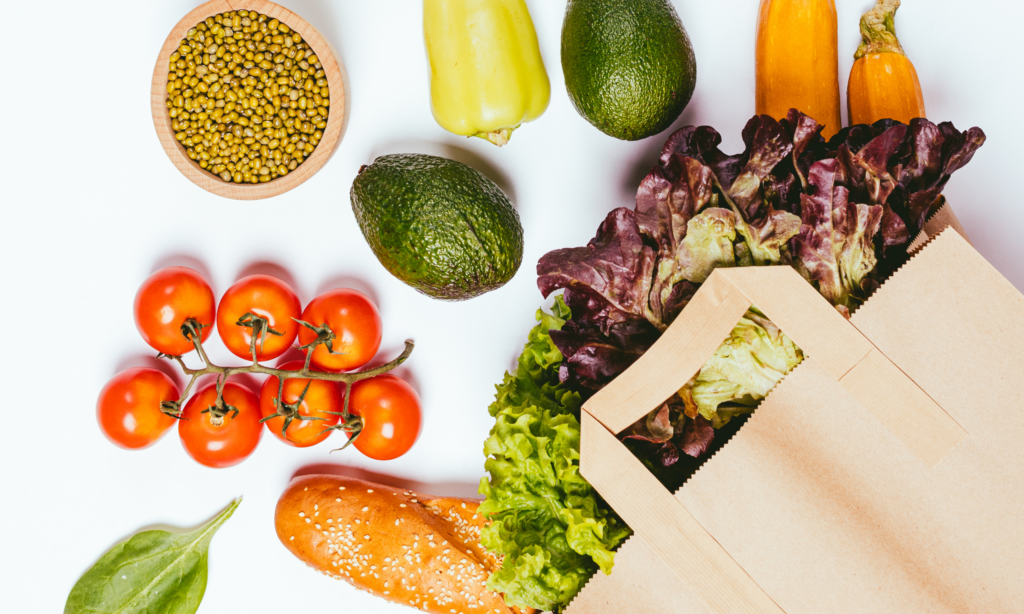How to Eat Well on a Budget

Want to eat well but feel as though healthy food is just too expensive?
With global food price increases and economic challenges, trying to choose healthy foods while stretching your salary to cover all your existing costs can feel like a stretch.
Here are some expert tips on how to shop on a budget, without sacrificing your nutrition:
- Plan ahead
Planning your recipes ahead of your grocery shops helps you to think of ways to use similar ingredients in different dishes and stretch your dishes to serve more than one meal in the week. Not sure where to start when it comes to choosing healthy recipes and creating weekly meal plans? Our experts are here to help!
- Use a grocery list
Make a grocery list with the ingredients you need for your planned week of meals. This makes grocery shopping faster and easier and reduces the chances of impulse buying or buying things you may not need. If you’d like a hassle-free, healthy grocery list made specially for you, it’s time to start your Best10 journey!
- Buy frozen fruit and vegetables
Frozen fruit and vegetables like berries, pineapple, and mixed vegetables last longer, and are more affordable.
- Buy store brand items
Often the generic, store-branded items are more affordable than other varieties. If you are shopping at Woolworths, look for the home brand items like Woolworths breads; at Pick n Pay it is the No-name Brand range; and at Checkers, the Simple Truth range is more affordable than most of the other brands.
- Cook at home
Preparing your meals at home is far less expensive than dining out. Often, more than one person can enjoy a home-cooked meal for the same price as a restaurant meal. Out of inspiration and in need of some healthy recipes? We can help!
- Cook in bulk
Prepare a larger meal at the beginning of the week so that there is leftover food for the next few days. A casserole, soup, or stew are good examples of meals that can be made in bulk and eaten at lunchtime the next day. Doing this is convenient and reduces the chances of eating out at lunchtime when you do not have time to cook.
- Buy whole foods
Some foods are more affordable in less processed forms. For example, a whole butternut is cheaper than cubed packaged butternut. Usually, these foods are also sold in larger amounts, giving you more servings from them. Some examples of this are dried beans and lentils compared to tinned varieties; a block of cheese compared to grated packaged cheese; and whole fruits compared to sliced, ready-to-eat pieces of fruit like pineapple and pawpaw.
- Buy cheaper cuts of meat
Some meats, such as ground beef, are more affordable than items like steak and can be used in a variety of meals. However, try to look for the extra-lean version.
- Swap out meat for other forms of protein
Using other forms of protein like eggs, tofu, beans, chickpeas, and dairy can reduce your total grocery shopping bill. Try to include one vegetarian day a week.
- Shop for produce that is in season
Fruits that are in season are more affordable. During winter, look for fruit such as avocados, melons, oranges, tangerines, pears, pineapples, and tomatoes. Some fruits, like bananas and apples, are in season all year round and are therefore also great options.

